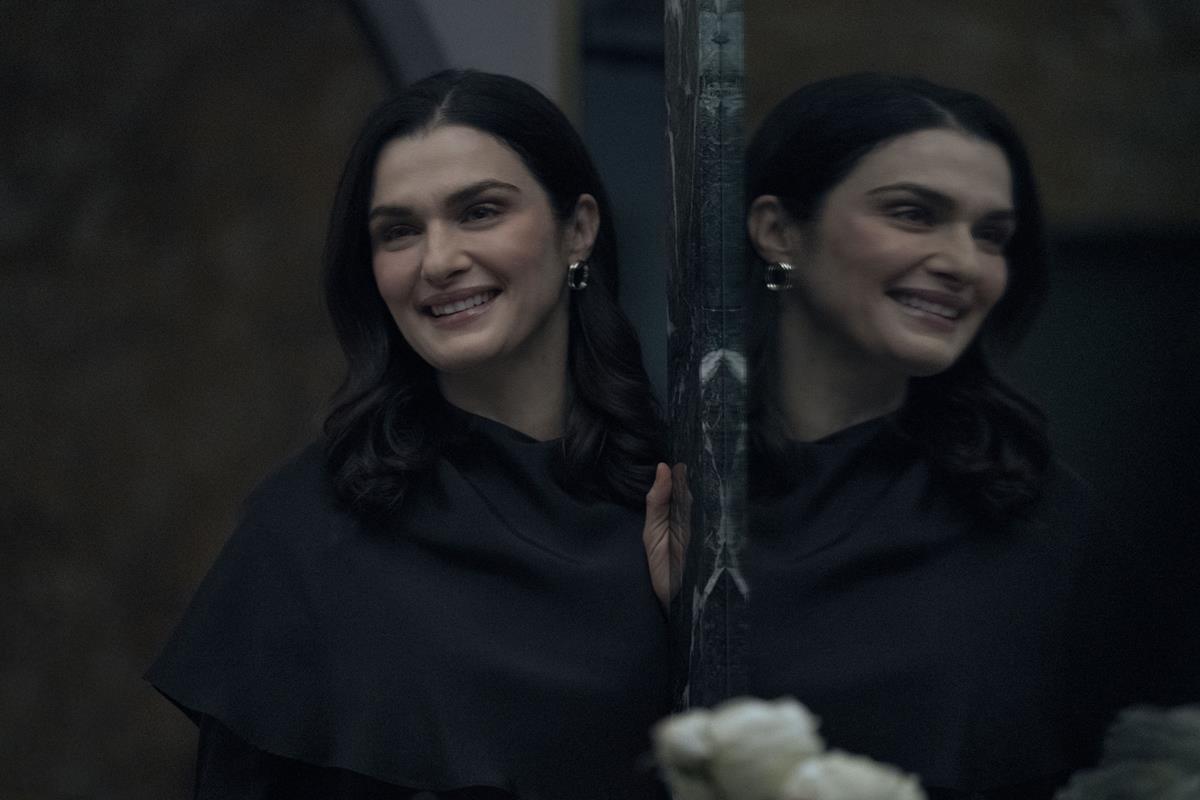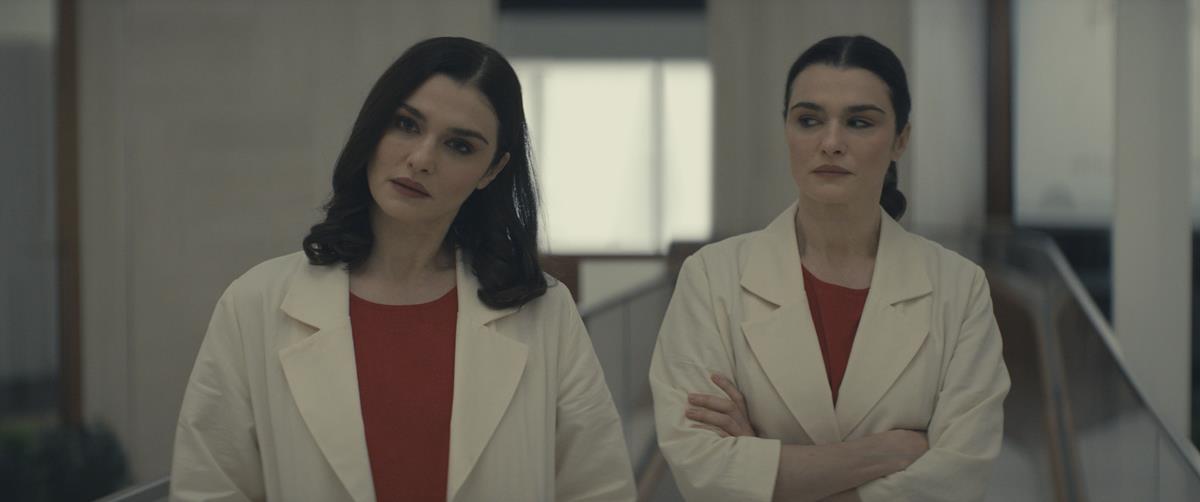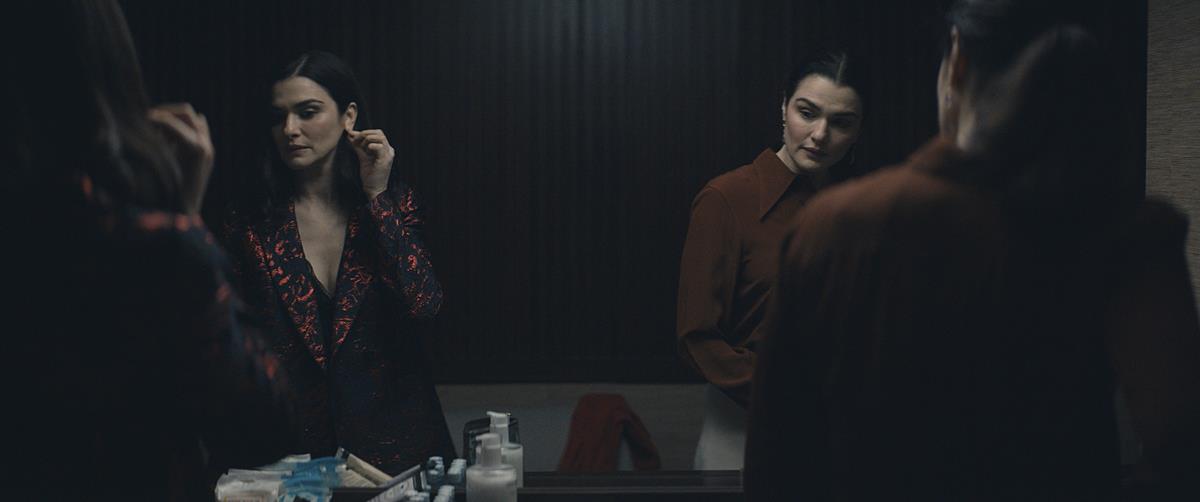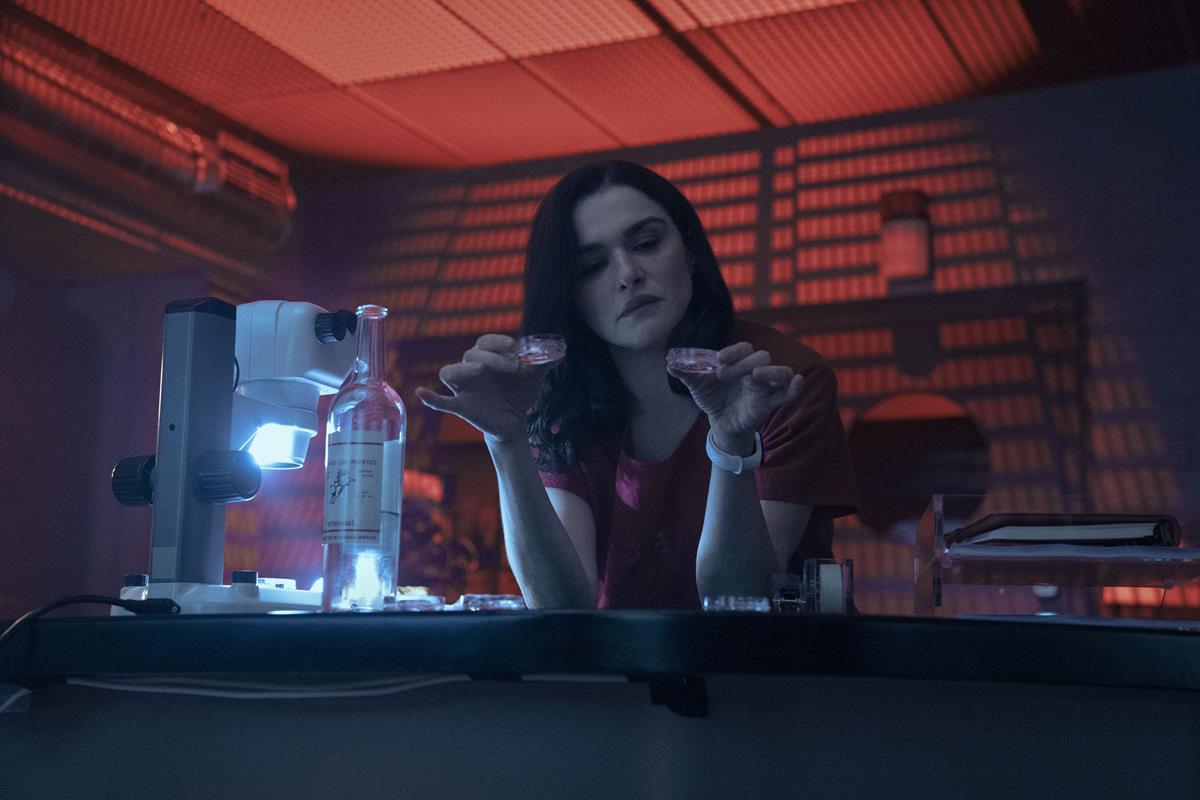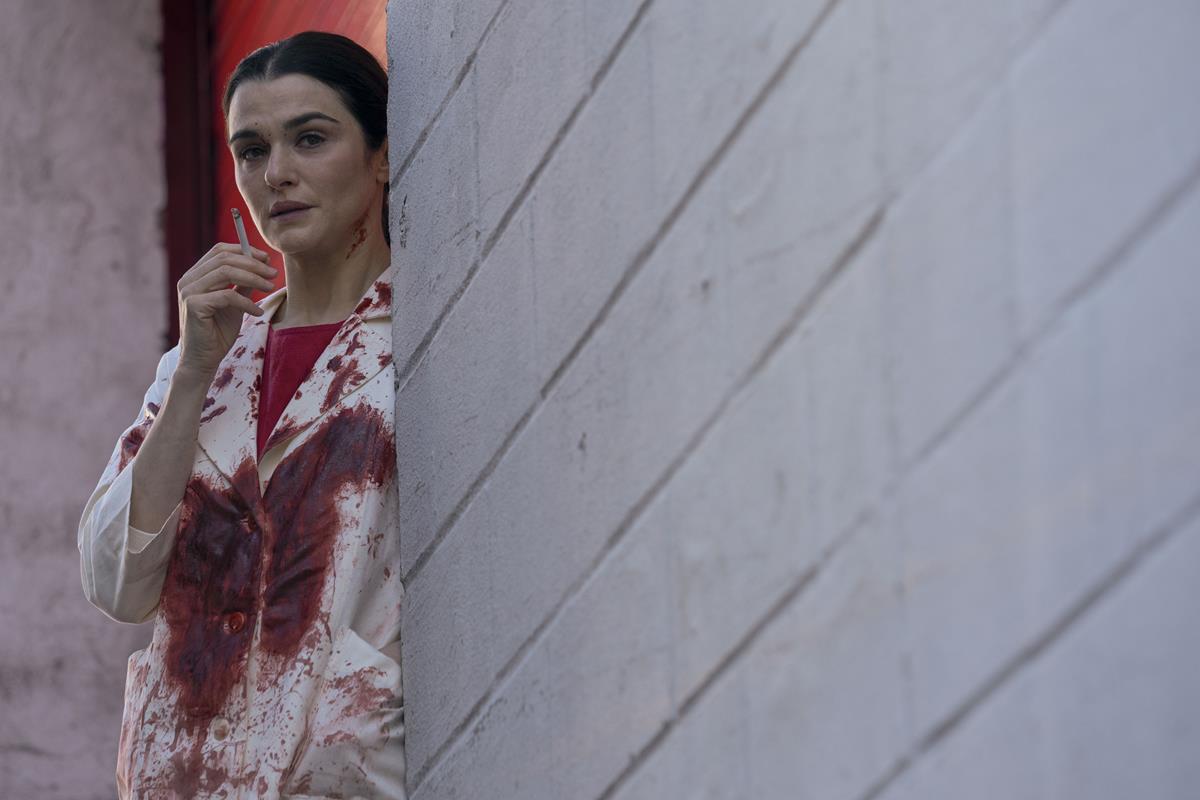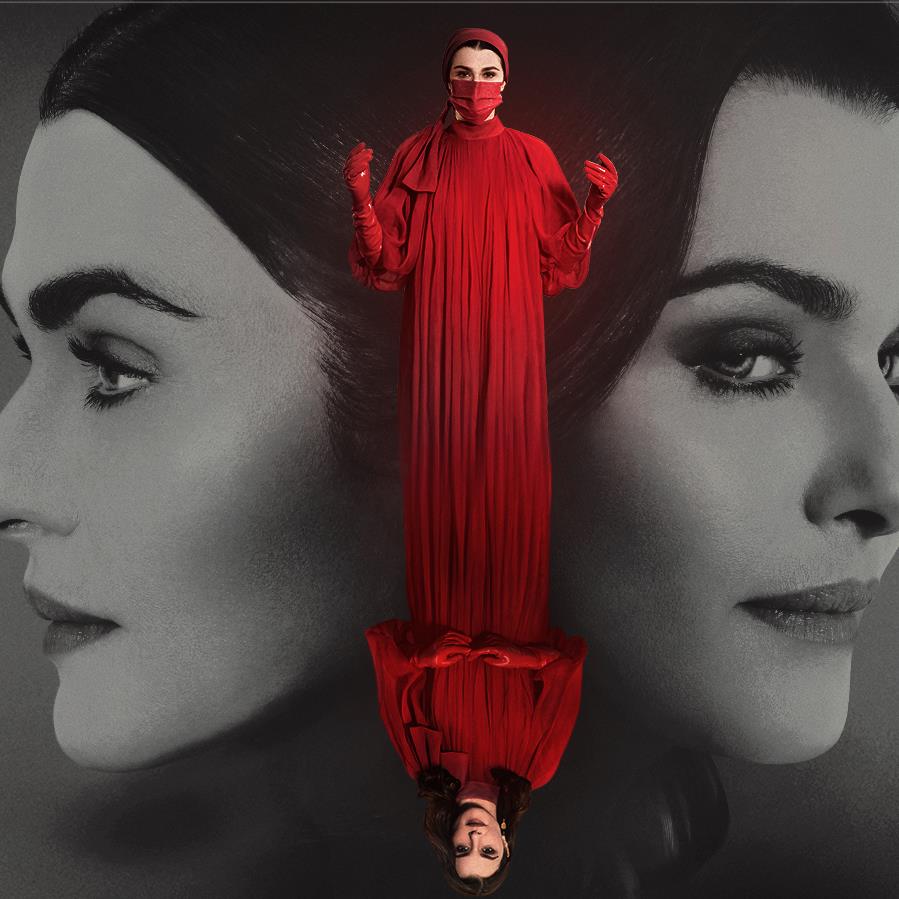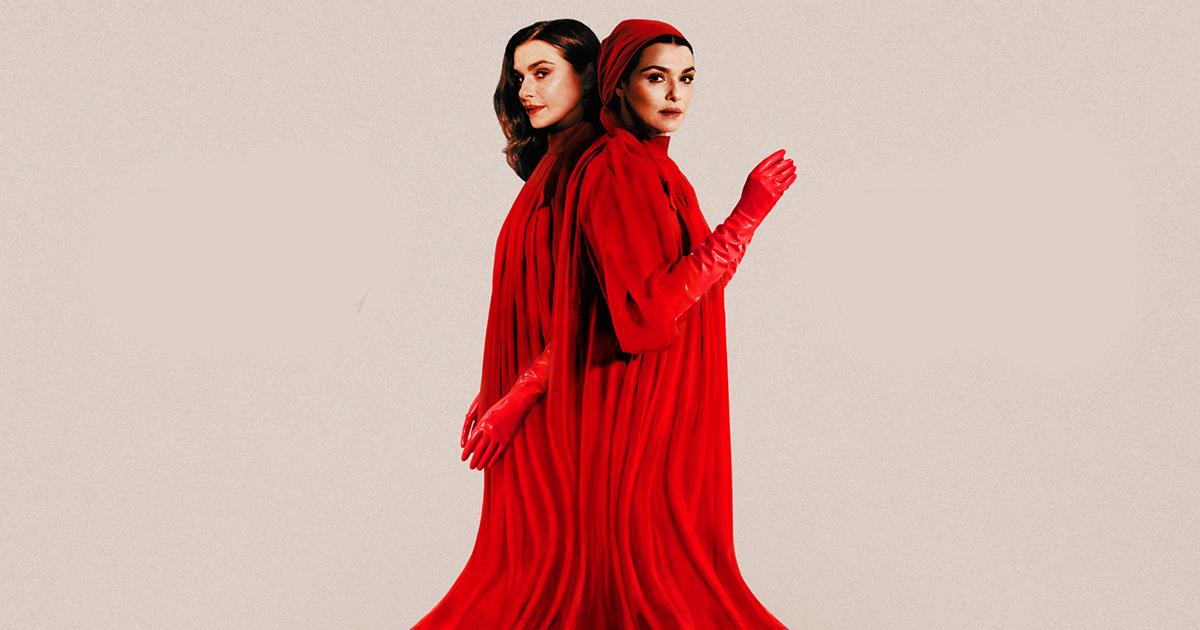TL;DR
- Starring Rachel Weisz as the Mantle twins, Amazon Prime Video series “Dead Ringers” nods to the 1998 David Cronenberg movie but changes the fundamentals.
- Laura Merians Gonçalves, one of the show’s DPs, said showrunner Alice Birch and lead director Sean Durkin referenced Ingmar Bergman’s “Persona,” Robert Altman’s “Three Women,” and Andrzej Zulawski’s “Possession” for the series.
- The work of Thomas Eakins, who executed some of the first paintings of surgeries, the photography of Gregory Crewdson, and Heji Shin’s birth portraits also served as points of reference.
- VFX supervisor Eric Pascarelli employed a motion control rig with a Panavised Sony Venice camera to replicate Cronenber’s “twinning,” or shooting one actor who plays twins.
2023’s Dead Ringers gave the nod to David Cronenberg’s 1998 movie through its six-episode Amazon Prime Video run, but changed the fundamentals. This time the twin OB-GYNs would be female, played by Rachel Weisz, with an emphasis on exposing some of the horrors hidden in plain sight for pregnant mothers in the 21st century. The new Dead Ringers was happy to delve into those but still cherish what had come before.
The production would follow the sisters’ mental descent as all their dreams come true with the opening of their birthing centers. One of the show’s DPs, Laura Merians Gonçalves, explained the narrative changes and the references that guided them in an interview for the Panavision website.
“Every episode has a slightly different tone, so the references changed as the visual style expanded with the narrative. The showrunner Alice Birch and lead director Sean Durkin and I discussed Bergman’s Persona, Altman’s Three Women, and Zulawski’s Possession.”
The work of Thomas Eakins, who did some of the first paintings of surgeries, the photography of Gregory Crewdson, and Heji Shin’s birth portraits were also points of reference.
The color red was also a touchstone for the show and another salute to the 1998 movie. Gonçalves explains how the color grounded the plot, “When I started prepping, we knew the style of the show would shift to incorporate a lot more color, specifically reds. Dialing in the red was a huge focus for us. It was sort of a nod to the original, that these characters are wearing red scrubs, and many different reds — from blood red to scarlet — get introduced in the Mantle birthing center.”
READ MORE: Twins Again — Cinematographer Laura Merians Gonçalves helps deliver a carefully developed aesthetic for the miniseries Dead Ringers (Panavision)
The design of the new birthing centers needed to be starkly different compared to the bland Westcott Memorial, where the sisters used to work. Gonçalves described to Daniel Eagan at Filmmaker Magazine the multiple locations that completed the new center. “We needed to pay attention to how the environment would be observational and private simultaneously, a kind of bespoke experience they wanted to create for their clients. A challenge was that the center was a combination of several locations.
“The exterior was a carousel in Battery Park City with VFX added on, the atrium was a gym, and the embryology lab was the old TWA terminal at JFK. We had about six sets that we used for different things.”
The age-old technical hurdle of twinning, shooting one actor who plays twins, was also something Dead Ringers duplicated from the 1998 movie. They would use a motion control rig but this time with a Panavised Sony Venice camera.
Split-Screen Magic Trick
Using motion control determined a highly disciplined process on set, as all departments had to act as one. The show would need a VFX supervisor to check when composites were required, especially when the sisters were close to each other.
READ MORE: Twinning: Cinematographer Laura M. Gonçalves on Capturing the Double Realities of TV’s Dead Ringers (Filmmaker Magazine)
IndieWire’s Jim Hemphill interviewed VFX supervisor Eric Pascarelli about the process.
“We wanted to make sure that everything was laid out so that the acting could shine,” Pascarelli said. “It was not necessarily the most efficient way, but the things we could have done to save time on set would have required cheats [in post] that would have kept us from knowing what we were getting on the day.”
For each scene where Weisz acted opposite herself, the screen would essentially be divided into an “A” and a “B” side. The first takes would be Weisz on the “A” side of the frame — typically portraying Elliot, the more prominent personality — opposite her double, Kitty Hawthorne; once the filmmakers had a few takes that they liked, the best one would be selected, and the production sound mixer quickly edited together a track of Weisz’s dialogue. At the same time, she changed into costume for Beverly.
Then, Weisz returned to shoot the “B” side of the frame with an earwig playing the dialogue in her ear while Hawthorne and the other actors pantomimed the scene.
“The video assist triggered everything,” Pascarelli said. “It was the timecode master of the whole process, and it synchronized audio and the lighting board.”
The filmmakers created what Pascarelli described as “a crude, hand-operated split screen” to watch the interaction between the twin characters on the video assist system and ensure the eyelines matched and everyone was happy with the performances.
The key was to get clean shots of Weisz as both Mantle twins, so occasionally Hawthorne would duck in the middle of a shot while Weisz crossed her; on a few rare occasions, the blocking required that Pascarelli use deep fake technology to map Weisz’s face onto Hawthorne’s. However, that was only done five or six times, and the filmmakers tried to avoid it.
“The problem with that technology is that whatever Kitty’s acting becomes Rachel’s. Since this is a show about Rachel’s performance, we tried to limit those situations to ones where the second twin was standing there stone-faced,” Pascarelli said.
He felt the series had in common with Cronenberg’s original desire to keep things simple whenever possible. “We wanted to be as sparing as possible with the effects and keep the show-offy things to a minimum.”
READ MORE: ‘Acting Itself Is a Visual Effect’: How Rachel Weisz Seamlessly Starred Opposite Herself on ‘Dead Ringers’ (IndieWire)
The split-screen magic trick works beautifully, with an outstanding performance by Weisz to cement it. Angelica Jade Bastién at Vulture had this to say about her portrayals:
“Her performances shimmer with a feminist current that charges every rise of her voice and every gesture of her body.
“It feels like the apotheosis of what she has demonstrated before and then some — a gentle beauty complicated by fierce intelligence, a graceful presence stitched through with ungainly wants, a voice that flows like the tides. Dead Ringers is the ultimate acting opportunity: Rachel Weisz topping herself.”


